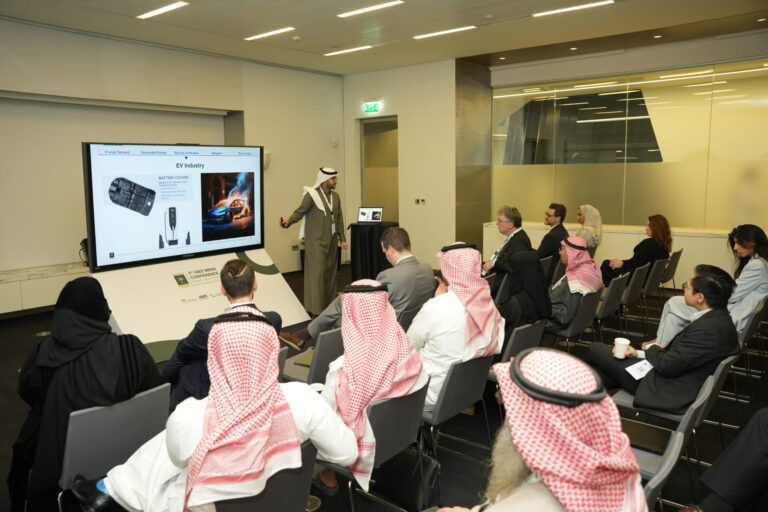Significant regional variations in commercial electricity demand across Saudi Arabia have been identified and these patterns offer valuable insights for the Kingdom’s policymakers and energy planners.
A KAPSARC study analyzed commercial electricity consumption patterns in Saudi Arabia’s central, eastern, southern, and western regions from 1990 to 2021. The findings by researchers Jeyhun Mikayilov and Abdulelah Darandary demonstrate that regional economic development levels and commercial sector concentration strongly influence how electricity demand responds to changes in income and prices.
The southern region showed the highest income sensitivity, with a 1% increase in income, which led to a 3% rise in commercial electricity demand. This contrasts sharply with the more industrialized eastern region, which had the lowest income elasticity at 0.5%.
Price responsiveness also varied significantly across regions, with differences reflecting varying maturity and stability of commercial sectors. Commercial consumers in the western region were found to be most sensitive to price changes, with a 10% price increase resulting in a 12.5% demand decrease. Conversely, the eastern region was least responsive, with only a 1.8% demand reduction for the same price increase.
Assessing the impact of external shocks
The researchers employed advanced analytical techniques to capture the complex dynamics of electricity demand and to describe how external shocks, such as the COVID-19 pandemic and energy price reforms, impact commercial electricity consumption across different regions. This analysis provides valuable insights into the resilience and adaptability of regional commercial sectors in the face of significant economic disruptions.
“Our research underscores how important it is to recognize regional variations in commercial electricity consumption,” says Darandary, emphasizing the significance of his team’s findings for policy-makers. “By considering the unique social and economic characteristics of each region, policymakers can craft more targeted energy policies that drive efficiency and sustainability, ensuring that national energy policies have the desired impact across diverse regions.”
As Saudi Arabia pursues its Vision 2030 goals of economic diversification and energy efficiency, KAPSARC’s research provides insights to support evidence-based policy-making. By highlighting regional differences in commercial electricity demand, the study contributes to more effective energy management strategies that help to balance economic growth with sustainable resource use across the Kingdom, supporting its transition to a knowledge-based economy.
Reference
Mikayilov, J.I. and Darandary, A. Commercial electricity demand modeling: Do regional differences matter for Saudi Arabia? Energy Rep. 10, 2826–2836 (2023). | Article




